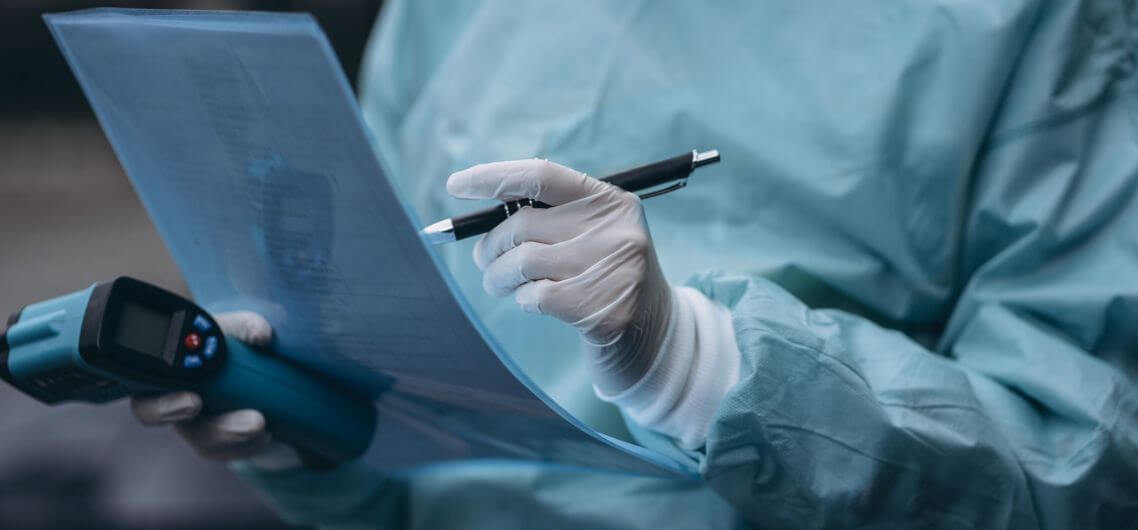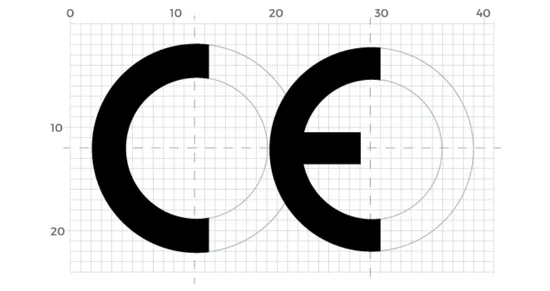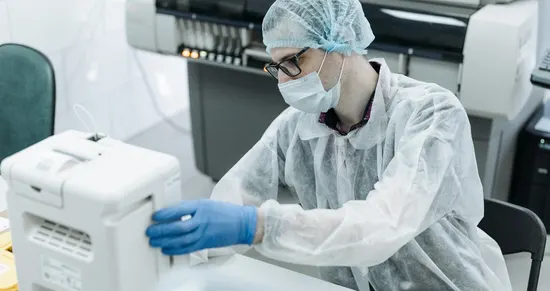Ensuring that medical devices meet the General Safety and Performance Requirements (GSPR) outlined in the EU Medical Device Regulation (MDR) 2017/745 is crucial for manufacturers aiming to market their products within the European Union.
GSPR compliance guarantees the safety and efficacy of medical devices and facilitates a smoother regulatory approval process.
What is GSPR Compliance for Medical Devices?
The General Safety and Performance Requirements (GSPR) are criteria specified in Annex I of the EU MDR 2017/745. These requirements cover all aspects of a medical device’s lifecycle, from design and manufacturing to labelling and post-market surveillance.
Compliance with GSPR ensures that medical devices are safe for patients and users and perform as intended.
Key Steps for GSPR Compliance Documentation
Achieving GSPR compliance involves a systematic approach to documentation and evidence gathering. The following steps are essential:
Step 1: Determine Applicability of Each GSPR Requirement
Review the GSPR checklist to identify which requirements are relevant to your medical device. Not all GSPR criteria apply to every device; therefore, a thorough assessment is necessary to address all applicable requirements.
Step 2: Identify Compliance Methods for GSPR MDR
For each appropriate GSPR, determine the methods and processes that will be used to demonstrate compliance. This may involve conducting risk assessments, performance testing, and clinical evaluations, among other activities.
Step 3: List Relevant Standards and Specifications for GSPR EU
Identify and reference harmonised standards and specifications that align with the GSPR. Adhering to these standards provides a presumption of conformity with the MDR and is a widely accepted approach to demonstrating compliance.
Step 4: Provide Clear Evidence for GSPR Compliance
Compile and organise all evidence that supports compliance with each GSPR. This includes test reports, clinical data, risk management files, and other relevant documentation. Clear and comprehensive evidence is essential for regulatory submissions and audits.
By following these key steps, manufacturers can ensure their devices meet the requirements of the MDR, facilitating successful market access and ensuring patient safety. Proper documentation and adherence to these steps ensure regulatory compliance and demonstrate a commitment to quality and safety in the healthcare industry.
Best Practices to Streamline GSPR Compliance
Executing the following best practices can enhance the efficiency and effectiveness of achieving GSPR compliance:
Develop a Robust GSPR Compliance Strategy
Establish a comprehensive strategy that outlines the approach to meeting GSPR requirements. This strategy should include timelines, resource allocation, and responsibilities to ensure systematic progress toward compliance.
Follow a Detailed GSPR Checklist
Utilise a detailed GSPR checklist to track compliance efforts. This tool ensures that all requirements are met and provides a clear overview of compliance status for each GSPR.
Align with EU MDR GSPR Guidelines
Ensure all compliance activities align with the EU MDR 2017/745 guidelines. Familiarity with the regulation’s specific requirements and expectations is crucial for successful compliance.
Document GSPR MDR Requirements Effectively
Maintain thorough and organised documentation for all GSPR-related activities. Effective documentation is vital for regulatory submissions and serves as a record of compliance efforts.
Integrate GSPR Risk Management and Usability Assessments
Incorporate risk management processes and usability assessments into the compliance strategy. These evaluations are essential for identifying potential hazards and ensuring the device is user-friendly and safe.
Ensure Post-Market Surveillance for GSPR Compliance
Implement a robust post-market surveillance system to monitor the device’s performance and safety after release. Ongoing surveillance is a key component of GSPR compliance and is required by the MDR.
Streamlining GSPR compliance requires a proactive and organised approach. Adhering to these best practices upholds a commitment to delivering safe, effective, and high-quality medical devices to the market.
Challenges in Meeting GSPR Compliance
Manufacturers often face a variety of challenges when working towards GSPR compliance. These challenges range from navigating complex documentation requirements to adapting to evolving regulations. Below are some of the key obstacles manufacturers may encounter:
- Complex Documentation Requirements: The extensive and detailed documentation required to demonstrate GSPR compliance can be a major hurdle for manufacturers. Each GSPR must be supported with clear evidence, such as risk management files, performance test results, clinical data, and technical documentation.
- Evolving Regulatory Landscape: The regulatory environment surrounding medical devices is constantly changing. Updates to standards and regulations, such as those under the EU Medical Device Regulation, require manufacturers to stay vigilant and adapt their compliance strategies. Regulations may be updated to reflect new safety concerns, technological advancements, or market needs.
- Resource Allocation:
Meeting GSPR compliance demands significant resources, both in terms of personnel and expertise. Smaller manufacturers, in particular, may struggle to allocate enough time and staff to entirely focus on compliance activities.
A lack of skilled professionals or in-house regulatory experts can slow down the process of assessing compliance, compiling necessary documentation, and conducting the required testing.
- Balancing Compliance with Innovation: Manufacturers face the challenge of ensuring GSPR compliance without hindering innovation. Compliance requirements may limit certain design features or delay technological advancements, creating tension between meeting regulatory standards and introducing cutting-edge devices.
- Cost Implications: Achieving GSPR compliance can be costly, requiring significant resource investment, testing, third-party consultations, and certifications. Smaller companies may struggle with these financial burdens, especially if extensive trials or evaluations are needed.
- Ensuring Post-Market Surveillance: Maintaining GSPR compliance extends beyond approval. Manufacturers must continuously monitor product safety and effectiveness, address emerging issues, and track adverse events requiring ongoing attention and corrective actions.
Maven’s Guide to Achieving GSPR Compliance for Medical Devices
Maven Profcon offers comprehensive guidance to assist manufacturers in achieving GSPR compliance. Our services include:
- Identify Applicable GSPR: We help determine which new GSPR applies to your device.
- Rationale for Non-Applicability: We ensure that valid and well-reasoned justifications are provided for requirements determined to be non-applicable.
- Gap Analysis: We review existing documentation to identify gaps that need addressing for compliance.
- Demonstrate Compliance: For novel requirements, we advise demonstrating compliance through testing, risk management, and other methods.
- Expanded Labeling and IFU: We guide you to ensure all necessary information is included in the expanded labelling and Instructions for Use (IFU).
Conclusion
Achieving GSPR compliance as per the EU MDR 2017/745 is a critical step for medical device manufacturers aspiring to market their products in the European Union. By following a structured approach, adhering to best practices, and utilising expert guidance, manufacturers can navigate the complexities of GSPR requirements and ensure that their devices are safe, effective, and compliant with regulatory standards.
References
1. Regulations
2. MDCG 2021-8 Annex 6
3. Harmonised standards







